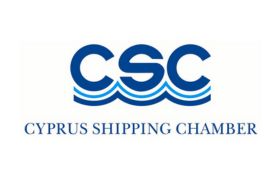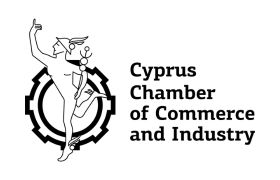It is a charge on both the company’s fixed assets (land, buildings, equipment and machinery) and non-fixed assets (reserves, cash, and/or trade receivables).
A company may make unimpeded use of its reserves while the loan is being serviced. Upon registration of a floating charge the debtor issues a debenture to the creditor. This debenture also constitutes a certain type of agreement governed by specific terms and conditions. Consolidating a security in the event a debtor company is placed in liquidation and/or under receivership is one of the most common terms of such an agreement. The receiver’s task is to ‘dispose’ off all the company’s assets (at ‘fair’ value) so as to allow repayment of the company’s debt obligations.
Note also that a company may continue to dispose of its assets until these are consolidated by the bank.
In the event a debtor fails to meet his or her debt obligations, the floating charge is converted into a fixed charge, and ownership rights may be ‘transferred’ to the bank. This conversion into a fixed charge (called ‘crystallisation’) essentially freezes the assets against which the debtor has borrowed so that the debtor can no longer sell the assets or prevent their seizure by the bank. All assets that are not collateralised with another creditor may be incorporated into the fund securing the loan without the need to conclude any additional agreement securing the loan for the benefit of the same creditor.
During the stage prior to the consolidation of the assets, the floating charge continues to fluctuate depending on the loan.
The owner of a floating interest rate agreement cannot exercise ownership rights over the assets prior to the crystallisation of the floating charge. The conditions that can lead to the consolidation or freezing of assets are explicitly stated in the terms of the loan, and that is why all borrowers should carefully review these terms before signing. In a loan agreement, a typical clause activating the freezing of assets is that this consolidation is automatically triggered once the debtor fails to meet his or her debt obligations.
Once the floating charge is thus ‘crystallised’, the loan becomes enforceable and is secured against any assets belonging to the company at that moment.
Although in theory after consolidation has occurred the debtor cannot manage his or her now-frozen assets, as long as the creditor has not appointed an official receiver/administrator the floating charge remains in place until the creditor takes concrete action.
To recap, the floating charge applies to a debtor’s current and future assets and can be converted into a fixed charge in the event one of the conditions for consolidating the assets is triggered, or once a creditor appoints a receiver/administrator. A company may operate normally and seamlessly until such time as the assets are consolidated.
Entrepreneurs therefore ought to carefully study the terms of a loan and to seek advice and clarifications from their consultants.
Source: Cyprus Mail













